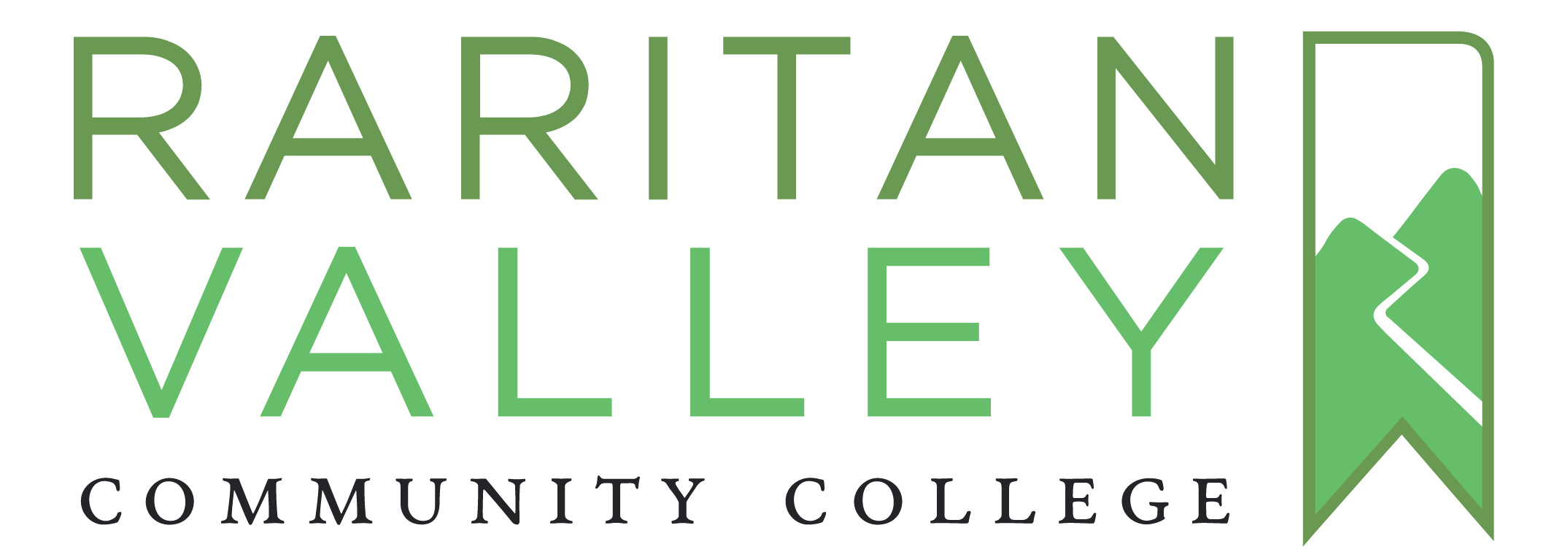Index of Terms and Concepts
Term/Concept |
Chapter |
| Administrative management | 1.3 |
| Alternative work arrangement, flex time, job sharing, compressed work week | 8.9 |
| Behavioral management | 1.3 |
| Benchmarking | 14.1 |
| Boston Consulting Group Matrix | 4.6 |
| Bounded rationality | 5.5 |
| Budgets | 14.3 – 14.5 |
| Bureaucratic model, Max Weber | 1.3 |
| Classical decision making | 5.3 |
| Centralized/decentralized decision making | 7.4 |
| Certainty, risk, uncertainty | 5.2 |
| Cognitive ability | 9.3 |
| Cohesion | 12.3 |
| Communication and active listening | 13.3 – 13.5 |
| Compensation (pay) systems | 8.6 |
| Contingency plans | 3.11 |
| Control | 14 |
| Control standards, screening control, post-action control | 14.1 |
| Culture
Distinctive competencies Diversification, single product, related, conglomerate |
2
6.2 4.10 |
| Entropy | 1.3 |
| Equity theory | 10.4 |
| ERG Theory | 10.3 |
| Escalation of commitment (sunk costs) | 5.6 |
| Expectancy theory | 10.4 |
| Feedback loop | 14.4 |
| Forms of ownership (sole proprietor, partnership, corporation, LLC) | 6.3 |
| Functional and divisional organizations
Game Theory Goals and Objectives |
7.4
4.11 3.7, 3.8 |
| Global strategies | 4.12 |
| Goal setting | 10.4 |
| Group decision making | 5.7 |
| Groupthink | 5.7 |
| Hawthorne Effect | 1.3 |
| Hertzberg’s Two-Factor Theory
Interdependence, pooled, sequential, reciprocal |
10.3
7.7 |
| Job specialization, rotation, enlargement, enrichment
Leader-Member Exchange Theory |
7.3
11.8 |
| Leadership grid | 11.6 |
| Levels of management | 1.1 |
| Life cycle strategy | 4.8 |
| Line and staff organizations | 7.1 |
| LPC, Least Preferred Coworker | 11.7 |
| Machiavellian | 9.2 |
| Maslow’s hierarchy | 10.3 |
| Matrix org
Mergers and acquisitions |
7.5
4.10 |
| Miles & Snow typology | 4.8 |
| Mission/vision statement | 2.5, 3 |
| Motivation | 10 |
| Norm conformity, generalization, variation | 12.3, 12.5 |
| Organizational development, OD
Perceptions |
7.9
9.2 |
| Perceptual map (new addition for me this fall) | 4.6 |
| Performance review, evaluation
Personality traits |
8.8
9.2 |
| Porter’s five forces | 4.5 |
| Porter’s generic strategies | 4.7 |
| Positive/negative reinforcement
Power, sources Product life-cycle strategies |
10.4
11.2 4.9 |
| Programmed/non-programmed decisions | 5.1 |
| Psychological contract | 9.1 |
| Rational decision making
Reporting relationships, chain of command, span of control |
5.4
7.6 |
| Resistance to change | 7.7, 7.8 |
| Role ambiguity, conflict
Satisficing |
12.4
5.5 |
| Scientific mgmt., Taylor & Gilbreth, | 1.3 |
| Self-efficacy, self-esteem | 9.2 |
| Single use plans | 3.10 |
| SMART goals and objectives | 3.9, 10.4 |
| Social loafing | 12.3 |
| Stages of group formation
Standing plans |
12.3
3.10 |
| Strategic, tactical, operational decisions/planning | 4 |
| Succession planning | 8.7, 12.4 |
| SWOT | 4.3 |
| Synergy | 1.3 |
| Tall/flat org. | 7.4 |
| Theory X, Y, Z | 1.3 |
| Type A, B personalities | 9.3 |
| Vroom & Yetton | 11.7 |

